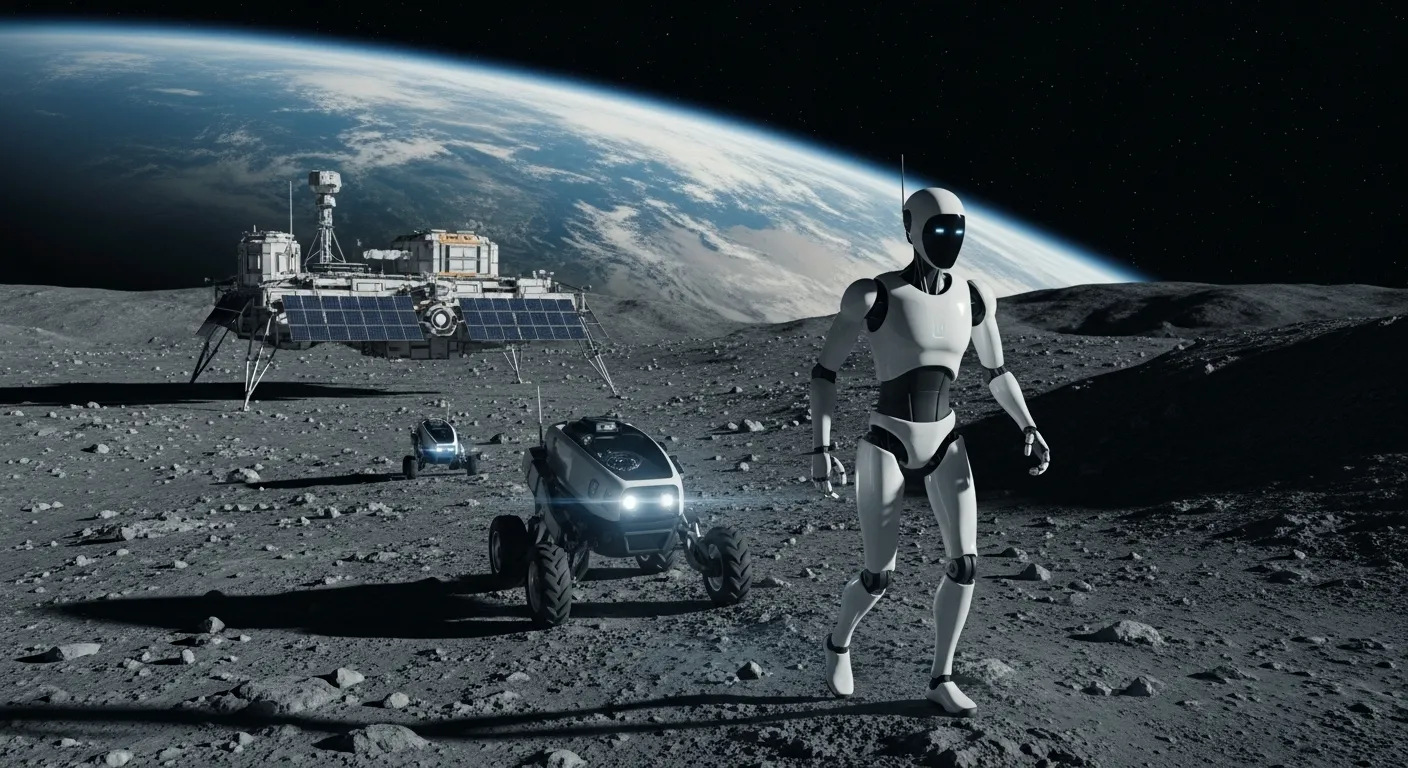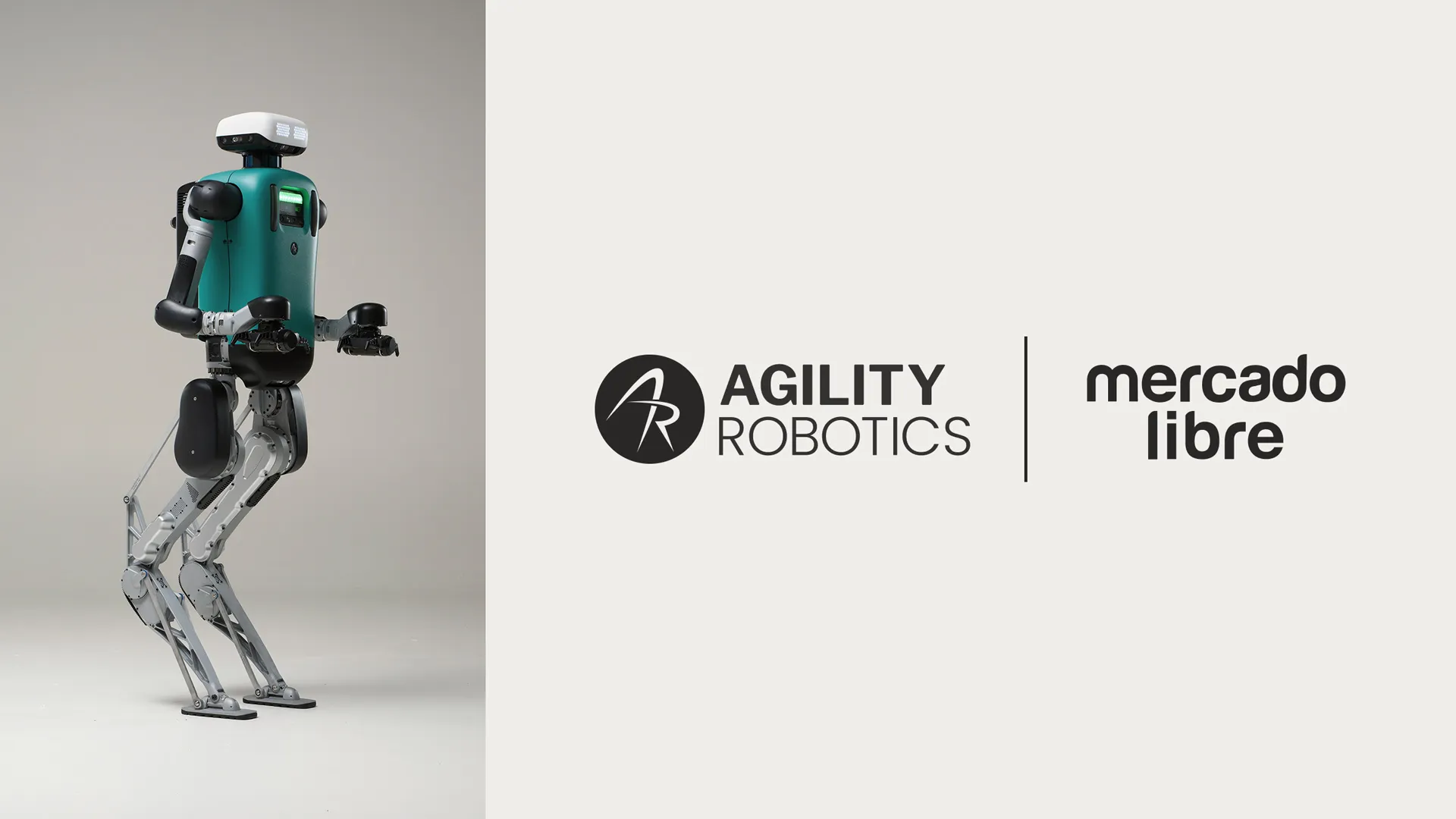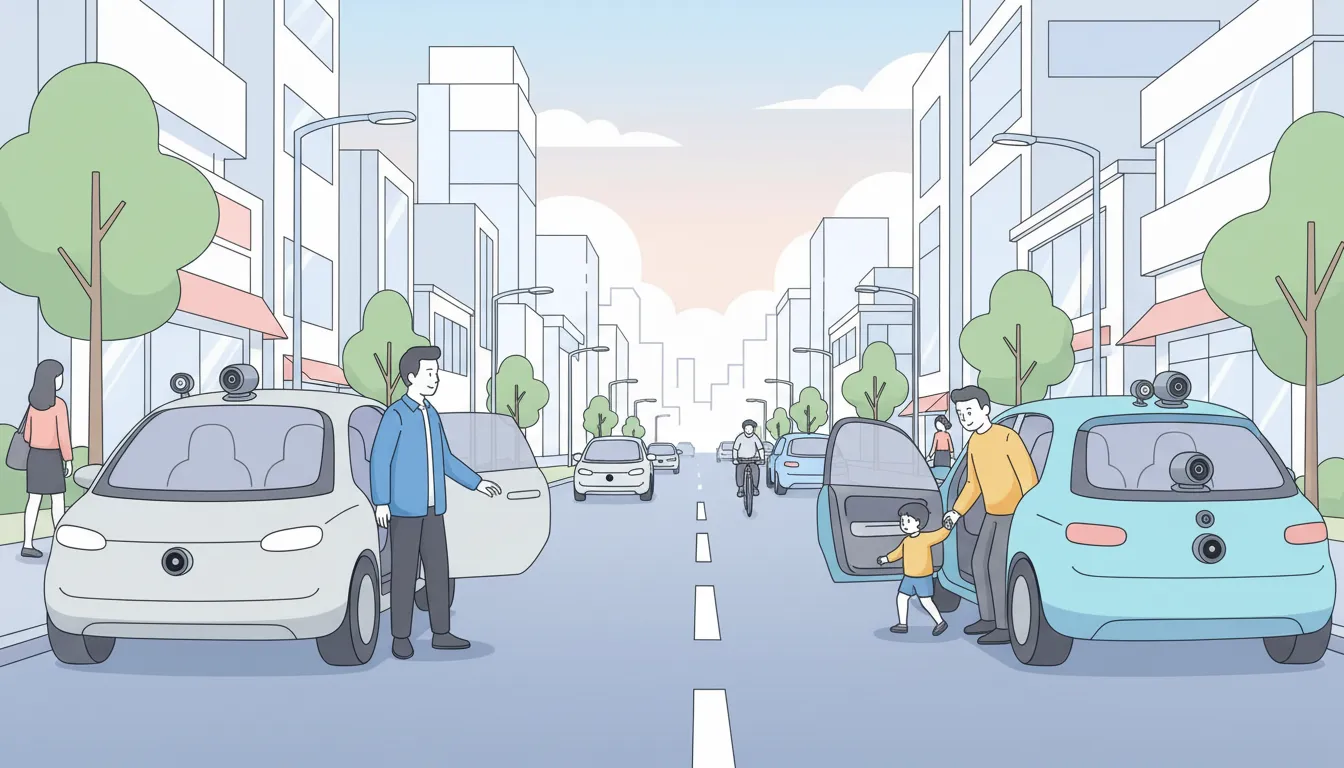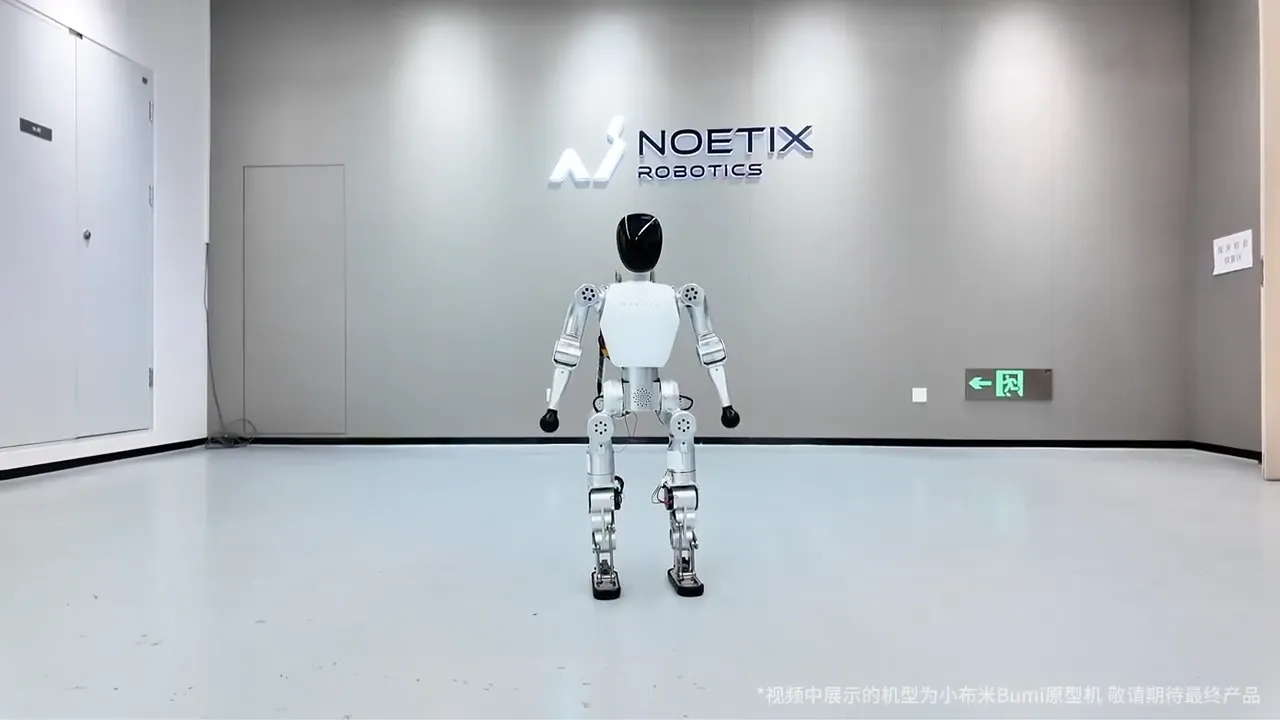Key Takeaways
- Global education initiatives are training thousands to lead in automation fields
- Major tech events now drive cross-industry collaboration and standards
- AI integration is accelerating real-world problem-solving capabilities
- Space agencies are actively shaping workforce development programs
- Hardware and software advancements enable scalable environmental solutions
By 2025, NASA plans to mentor over 50,000 students through robotics programs, preparing them to solve challenges we haven’t even imagined yet. This staggering commitment highlights how rapidly intelligent systems are reshaping our world—and who gets to build it.
This year marks a turning point where advanced hardware and machine learning collide. Events like CES in Las Vegas and NVIDIA’s AI Conference aren’t just trade shows anymore—they’re launchpads for innovations that redefine entire industries. Think self-optimizing factories, precision healthcare tools, and climate-monitoring drones.
Education plays a critical role here. Programs like FIRST Robotics aren’t just teaching kids to code—they’re creating problem-solvers who’ll tackle tomorrow’s crises. When NASA engineers collaborate with students on space exploration concepts, they’re proving that theoretical research now translates to real-world impact.
What makes 2025 unique? It’s the year practical solutions finally catch up to ambitious ideas. From sustainable energy systems to AI-driven logistics, the gap between prototypes and global deployment is narrowing faster than ever.

The Rise of robotics 2025: Trends and Industry Shifts
A silent revolution in automation is reshaping global manufacturing and exploration. Gone are rigid, single-purpose machines—today’s systems learn, adapt, and collaborate. Take NASA’s ARMADAS project: self-assembling robots that construct lunar bases using modular components. These thinking machines don’t just follow code—they analyze environments and make split-second decisions.
Investment patterns reveal where the industry is headed. Over $4.2 billion poured into modular platforms last year alone, with companies like Siemens and Blue Origin backing reconfigurable designs. Why? A single robotic swarm can now handle tasks from assembling satellites to repairing underwater pipelines.
Three shifts define this transformation:
- AI integration enables real-time environmental analysis
- Collaborative platforms unite tech giants with niche innovators
- Advanced haptic sensors allow delicate tasks like microsurgery
We’re witnessing a fundamental change in how technologies develop. When Lockheed Martin partners with AI startups to enhance their CADRE exploration robots, it proves no single company holds all the answers. The future belongs to adaptable systems—and the teams smart enough to build them.
Key Robotics Events Shaping the Future
Global innovation hubs will emerge not in labs, but at conference centers worldwide in 2025. Major events like CES kickstart this momentum on January 7 in Las Vegas, where 4K-resolution sensor arrays and self-calibrating arms debut before 150,000 attendees. These living exhibits transform trade shows into working prototypes of tomorrow's factories and hospitals.
Three gatherings stand out for their specialized focus:
- KROS Conference (Feb 12-15): South Korea's Alpine resort becomes a testing ground for AI-driven systems solving supply chain crises through embodied intelligence
- NVIDIA GTC (March 17-21): Silicon Valley leaders showcase compute architectures enabling real-time environmental adaptation in extreme conditions
- European Robotics Forum (March 25-27): Stuttgart hosts Europe's largest policy-making roundtable, aligning 27 nations on safety standards for autonomous systems
Strategic dates create a domino effect. April's Boston Robotics Summit focuses on human-machine collaboration, while May's Automate event in Detroit reveals production-ready solutions for US manufacturers. "These conferences aren't calendar items—they're evolution accelerators," notes a Siemens mobility architect.
By October, Singapore's ROSCON bridges Asian and Western development philosophies through open-source frameworks. Each gathering builds on previous breakthroughs, ensuring no innovation exists in isolation. When leaders converge, entire industries pivot.
Innovations Driving the Automation and Robotics Industry
NASA's latest technological showcase reveals how modular robots are solving construction puzzles in space. Their Automated Reconfigurable Mission Adaptive Digital Assembly system uses swarm-like machines that assemble lunar habitats without human oversight. Imagine termites building skyscrapers—except these mechanical teams work in airless voids.
Three breakthroughs redefine extraterrestrial operations:
The Lightweight Surface Manipulation system tackles lunar challenges head-on. "We're creating tools that think in multiple gravities," explains a NASA engineer. These adaptive grippers handle everything from delicate solar panels to jagged moon rocks.
Mars exploration drives terrestrial development. Technologies tested on Perseverance's mission now guide underwater pipeline repairs and volcano monitoring. When robots analyze alien soil, they're also refining algorithms for crop yield predictions.
"Every lunar bulldozer prototype teachers us how to build smarter cities."
-Space Robotics Initiative Lead
These advancements prove one truth: solutions forged in space dust will reshape how we live on Earth. From self-assembling disaster shelters to AI-managed farms, the line between cosmic and commonplace blurs daily.
Exploring Industry Leaders and Expert Perspectives
From Houston’s Johnson Space Center to California’s Jet Propulsion Laboratory, NASA’s industry leaders form a coast-to-coast innovation network. Ten specialized facilities—each tackling unique challenges—prove collaboration drives progress. Langley engineers refine autonomous navigation, while Glenn experts push propulsion boundaries. Together, they create systems that think like scientists and adapt like explorers.
Since 2017, these centers have guided over 250 student teams yearly. “The wiring skills I learned at 14 mirror how we prototype lunar rovers,” says Jeanette Snyder, Gateway aerospace engineer. Her team recruits from competitions, finding teens who troubleshoot like seasoned pros.
"Every bolt tightened in a school gym could one day secure a Mars habitat."
-NASA Robotics Mentor
Universities now access NASA labs through partnerships that flip traditional research models. MIT students recently tested asteroid-mining grippers at Michoud Assembly Facility—a swap of fresh ideas for cutting-edge tools. This two-way knowledge flow accelerates solutions for extreme environments.
Globally, institutions look to NASA’s public demonstrations as blueprints. South Korea’s space agency adapted Armstrong Center’s drone-swarm tactics for disaster relief. When German engineers redesigned Goddard’s solar panel arms for wind farms, they proved our world benefits most when leaders share breakthroughs freely.
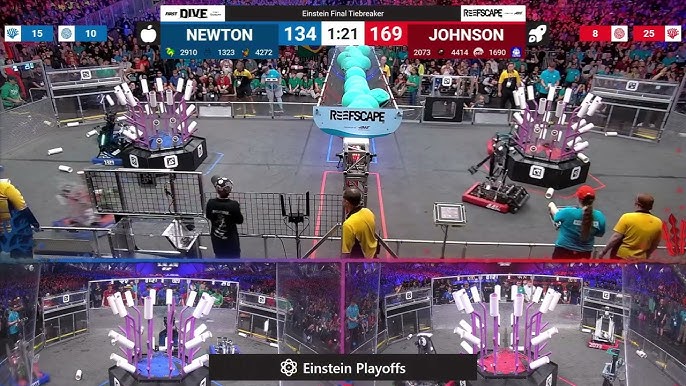
Spotlight on FIRST Robotics and Championship Highlights
High school teams from 48 countries transformed Houston’s George R. Brown Convention Center into a buzzing innovation lab this April. The 2025 FIRST Championship saw 750 teams battle across nine divisions bearing legendary names like Curie and Newton. These young engineers solved challenges ranging from lunar habitat construction to disaster response simulations.
NASA’s footprint proved unforgettable. Mentors engaged 55,000 students at interactive exhibits featuring real Mars rover components. “We’re not just judging robots—we’re recruiting future colleagues,” shared a space agency engineer. The Milstein Division finals drew crowds as teens debugged autonomous systems under time constraints mirroring actual mission protocols.
Three elements made this event groundbreaking:
- Texas high school teams testing concepts later adopted by the Aerospace Scholars program
- Einstein Field matches streamed to 2.1 million viewers globally
- Modular competition fields allowing rapid scenario changes
The Daly Division’s winning alliance demonstrated how classroom skills translate to real-world impact. Their self-charging robot now informs solar panel designs for NASA’s lunar outpost. As one student builder noted, “Every wire we spliced felt like preparing for a Mars colony.”
"These aren't science fair projects - they're prototypes solving tomorrow's problems today."
-FIRST Robotics Lead Mentors
Post-championship, 87% of participants reported pursuing STEM degrees. Programs like Texas’ Aerospace Scholars ensure this momentum continues, bridging competition thrills to career-ready expertise. When teens handle flight-qualified hardware at exhibits, they’re not just learning—they’re joining a legacy.
Global Conferences and Their Impact on Robotics
Global competitions now serve as innovation accelerators, connecting students across six continents through shared engineering challenges. In 2025, over 225 events will unfold across 12 countries, creating a ripple effect of technical skill development. This network transforms local solutions into global breakthroughs.
Weekly events create a training pipeline. Teams refine strategies between competitions, applying lessons from Turkey’s terrain challenges to Canada’s urban simulations. This iterative process mirrors professional research cycles in tech hubs.
Participation spans 59 locations worldwide. Students from Chinese Taipei share solar panel designs with Brazilian peers, while Turkish teams adapt Australian navigation algorithms. Every regional event becomes a live laboratory for planetary-scale problem-solving.
"What starts as a local fix in São Paulo often becomes standard practice in Detroit by the next week."
FIRST Global Mentor
Year-round dates keep skills sharp. Offseason workshops in September help teams maintain momentum, ensuring breakthroughs from championship events evolve into career-ready expertise.
Challenges and Future Outlook for Robotics
Building smarter systems requires overcoming complex hurdles every week. Technical challenges range from unpredictable environments to safety protocols—machines must adapt faster than ever. NASA’s internship programs reveal a critical need: bridging classroom theory with hands-on problem-solving.
Workforce gaps emerge as technology outpaces training. Schools struggle to keep up with interdisciplinary demands, while industries look for engineers fluent in AI and mechanical design. Year-round competitions help, but scaling quality education globally remains costly.
Resource coordination tests every team. Events packed into a single week demand flawless logistics, while sustaining innovation between conferences pushes budgets. Partnerships between agencies and startups offer hope—shared knowledge reduces development cycles.
The future hinges on solving these puzzles now. As systems grow more autonomous, we’ll need thinkers who thrive under pressure. With strategic investments this year, tomorrow’s breakthroughs could rewrite what’s possible.
FAQ
Q: What industries will see the most significant automation shifts by 2025?
A: We anticipate manufacturing, healthcare, and logistics to lead in automation adoption. Advances in collaborative systems and AI-driven tools will streamline production, patient care, and supply chain efficiency, reshaping workforce dynamics.
Q: How can businesses prepare for emerging technologies in automation?
A: Companies should invest in upskilling teams, prioritize adaptable infrastructure, and partner with innovators like Boston Dynamics or NVIDIA. Early adoption of scalable solutions ensures competitiveness as intelligent systems redefine operational standards.
Q: What role will global conferences play in advancing these fields?
A: Events like CES and ICRA 2025 will serve as hubs for unveiling breakthroughs, fostering collaborations, and setting safety benchmarks. Attendees gain firsthand insights into cutting-edge developments from pioneers such as Tesla and OpenAI.
Q: Why is FIRST Robotics critical for inspiring future talent?
A: Programs like FIRST empower students to solve real-world challenges through hands-on engineering. Their annual championship in Houston highlights youth innovation, bridging classroom learning with industry needs while nurturing tomorrow’s leaders.
Q: What ethical considerations accompany rapid technological growth?
A: We emphasize transparency in AI decision-making, data privacy, and equitable access. Industry leaders, including Google DeepMind, are advocating for regulatory frameworks to balance innovation with societal responsibility.
Q: Which regions are driving advancements in collaborative systems?
A: North America and Asia-Pacific remain at the forefront, with companies like Amazon Robotics and Fanuc accelerating R&D. Europe’s focus on sustainable automation also positions it as a key player in eco-friendly solutions.
